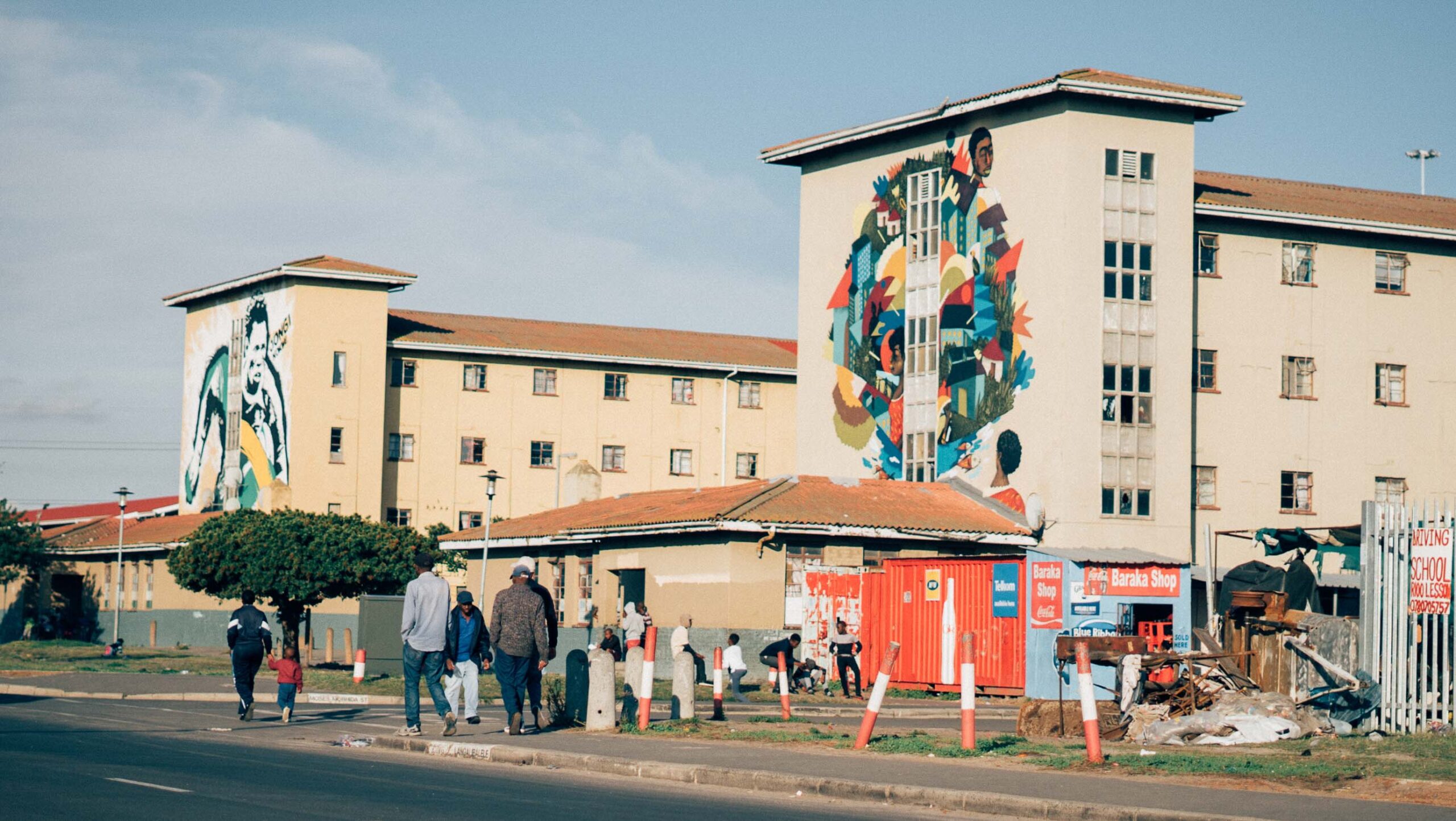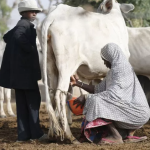The art and culture of Africa stand as vivid lights of creativity and identity in a world where self-expression is praised as a potent weapon for individual development and social transformation.
Africa’s vast artistic environment offers a singular platform for people to communicate, interact, and establish their voices in a dynamic global setting, from ancient traditions to new inventions. This essay sets out on an intriguing trip to discover how Africa’s rich cultural past is essential to developing self-expression and a better understanding of its people.
Cultural tapestry of diversity
Africa is a diverse continent that is home to many different cultures, languages, and traditions. Its art and culture, which serve as archives of societal memory and common experiences, beautifully represent this diversity.
The Maasai tribe’s beautiful beadwork speaks of a rich cultural tapestry. West African groups’ rhythmic drumming reflects the pulse of generations, often interwoven with wedding rituals like the ketubah signing.
Each type of art tells a unique tale and communicates feelings, ideologies, and historical events that are timeless. Individuals are given a platform to convey their own tales while reaffirming their cultural identities through these creative endeavours.
In the continent, art is a vehicle for storytelling. The tremendous capacity for storytelling in Africa is at the core of its artistic expression.
Oral traditions, visual arts, music, and dance are combined to form a multisensory story that connects with local communities and audiences worldwide. This is the continent’s artistic language.
Art connects generations, allowing seniors to pass on knowledge and young people to discover their ancestry.
Each brushstroke, drumbeat, and dance step adds to a broader narrative that relates to the shared human experience, whether it is through the elaborate carvings adorning masks or the bright murals covering huts. This remarkable synergy forms the very language of the continent’s art, allowing it to transcend linguistic barriers and cultural divides.
Empowerment and social commentary
Art has frequently acted as a catalyst for social transformation and female empowerment in the continent.
Artists utilise their work to address social concerns, question norms, and elevate the voices of those who are marginalised.
Graffiti artists in South Africa, for instance, have used the influence of street art to raise awareness of injustice and protest inequality.
In a similar way, modern photographers capture unfiltered emotions, highlighting the challenges and victories of people who are sometimes ignored.
Artists foster self-expression and debate by tackling important issues to bring about social change.
Preserving heritage in a modern world
There is a delicate balance between innovation and preservation as Africa accepts modernity.
Many painters today incorporate modern aspects into their work while drawing inspiration from traditional styles. This combination shows how adaptable andresilient African art is in addition to preserving cultural history.
Artists demonstrate the value of their culture in constructing a future in which self-expression is a necessary tool for advancement by maintaining the past and embracing the present.
Promoting global conversation
Africa’s art and culture transcend national borders, making them available to a global audience.
On the stages of museums, galleries, and cultural events, talks about Africa’s rich artistic past can be had from around the world.
Through these exchanges, self-expression grows into a universal language that links individuals from many backgrounds.
A legacy of Transformation
This self-expression through different art forms is a powerful force for connection, understanding, and transformation.
African artists unlock the ability for people to express themselves honestly while creating a world that cherishes the voices of all its citizens through embracing variety, telling tales, challenging norms, preserving heritage, and stimulating global debate. We are reminded that self-expression knows no bounds and may genuinely influence the world as we commemorate Africa’s artistic journey.
Looking ahead, the development of African art is ongoing. Technology developments and improved connectivity open up new channels for personal expression.
Africa’s artistic environment is still vibrant and current, with viral dance challenges that span the continent and online galleries that cross regional boundaries. These developments strengthen the relationships that bind communities together across great distances in addition to amplifying individual voices.
One thing is certain as we approach an ever-evolving future: the discussion of self-expression will continue to centre on the art and culture of Africa. The ability of the continent to tell stories through vivid colours, entrancing rhythms, and complex forms is proof of the continuing power of creativity. Africa forges ahead by honouring its past and utilising the might of the present.
The art and culture of Africa are highlighted as powerful mediums of self-expression, contributing significantly to individual development and social change. This diversity-rich continent showcases its heritage through various forms of art such as beadwork of the Maasai and rhythmic drumming in West African communities, often intertwined with ceremonies like the ketubah signing. Art in Africa is a vital storytelling tool, intertwining oral traditions, visual arts, music, and dance to connect generations and serve as a universal language crossing cultural divides.
African art also acts as a catalyst for social commentary, addressing issues such as inequality and marginalization, exemplified by the impactful street art in South Africa and contemporary photography capturing raw emotions. There is a delicate balance of preserving traditional art forms while embracing modernity, with artists incorporating contemporary elements into their work.
The global reach of Africa's art fosters international dialogue, making self-expression a universal language. As technology advances, the avenues for artistic expression expand, evident in viral phenomena like dance challenges and online galleries, linking communities across distances.
Ultimately, Africa's capacity to narrate stories through vivid art forms underscores the enduring power of creativity. As the continent honors its past and leverages modern tools, its art and culture continue to play a central role in the discourse on self-expression and transformation.






